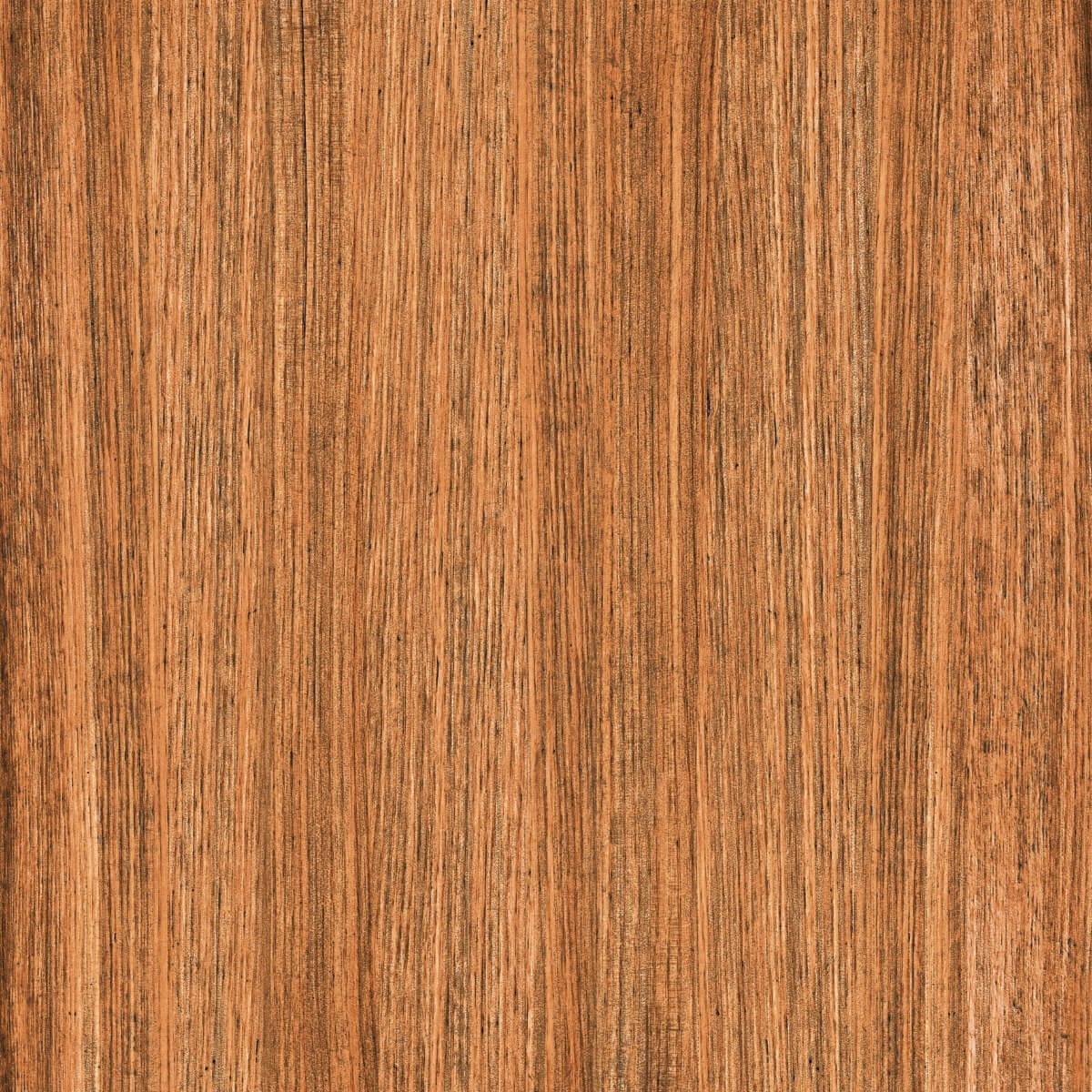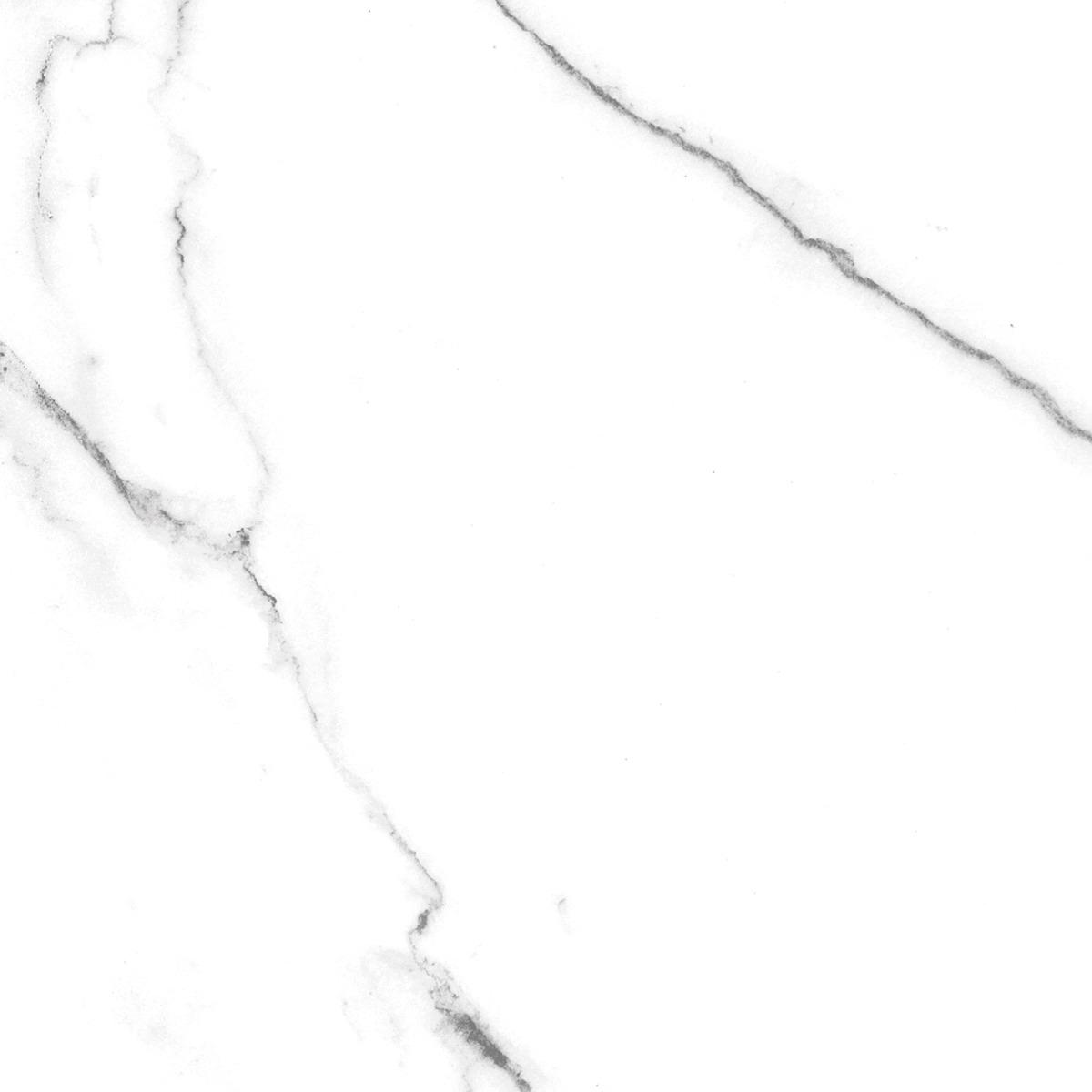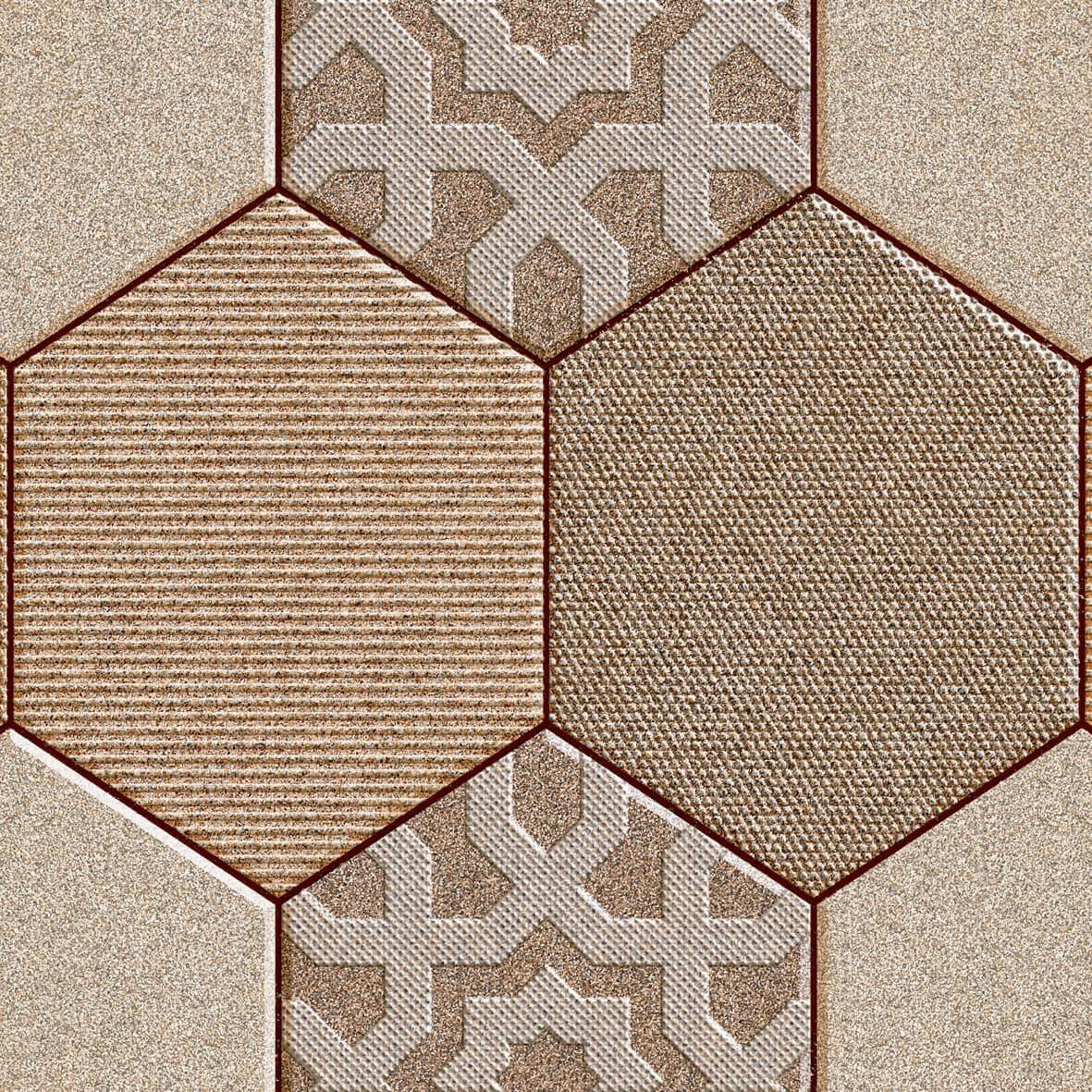Travertine is a kind of limestone formed by mineral deposits from natural springs. This sedimentary stone is created by a rapid precipitation of calcium carbonate, known as calcite. Other minerals mix together with the calcite to create unique swirls and movement that give travertine its unique and much distinctive character.
The Travertine is neither marble nor granite, it is a stone but is generally sold as a marble variety in most markets. It is known for its unique design and flattering warm color.
However, Travertine usually comes very expensive and requires high maintenance just like other natural stones.
Since it is a popular stone and adds charm to any space,Travertine Tiles have gained significant popularity in the market with Travertine being available not just in exact look and feel but also various sizes and body like ceramic, vitrified and porcelain making it a high-selling product.
All About Travertine Tile
Here is all you need to know about this class-apart tiles:
- Travertine Tile Finishes
- Colour Variants of Travertine Tiles
- Properties of Travertine Tiles
- The Cost and Sizes Of Travertine Tiles
- Where Is It Used?
- Maintenance And Repair
- Is Travertine Tile Right For You?
1. Travertine Tile Finishes
![]()
Just like how most tiles come in different shapes, sizes, patterns and designs, travertine tiles come in various finishes. Each finish helps you achieve a unique look. Let us take a look at the most popular finishes.
- Polished: A polished travertine tile is high on gloss and shine. It is smoothed and glossed over to give a shiny and reflective surface.
- Matte: A honed travertine is similar to the polished tile except that it doesn’t have shine or gloss like its counterpart. Its smoothness is achieved by grinding or buffing one side with an unfinished stone.
- Brushed: The brushed pattern of the tile is obtained by brushing the surface with a brush or wire wheel until the preferred texture is achieved. This textured brushed finish features an unfilled exterior and provides a rustic yet sophisticated look.
2. Colour Variants of Travertine Tiles
There are many colour variants that you can find when it comes to travertine tiles. Colours available at Orientbell Tiles for travertine are grey, beige, silver and brown which are three of the many versatile colours that match with almost every other tile combination.
3. Properties of Travertine Tiles
![]()
As much as other tiles might be contending strongly with these kinds of tiles, there are some areas where travertine really goes far.
- Durability: Travertine Tiles come in ceramic, vitrified and porcelain body. Like all tiles, travertine wall tiles look great as bathroom and kitchen tiles and can be clubbed with dark and highlighter tiles to create a concept. Travertine floor tiles in both vitrified and ceramic options can be installed easily on floors and when maintained properly can last for years.
- Easy Maintenance: You do not need excessive or specific paraphernalia for the upkeep of travertine tiles. A regular surface cleaner with a clean mop after clearing any dust would work pretty well. Every once in a while, you can also get a deep cleaning done, making sure there’s not much heavy loading or pressure on the floor, just to be safe.
- Less Water Adsorbent: Travertine tiles are less water adsorbent as compared to other types of tiles. Lesser the water adsorbing, lesser the chances of cracks due to moisture penetration.
- Chemical/Acid Proof: Travertine tiles are pretty strong and durable. By that we mean that they can withstand chemical or acid spill as well. However, it is always better to be safe than sorry and hence, avoid spillage as much as possible.
4. The Cost and Sizes Of Travertine Tiles
![]()
Popular travertine stone tiles at Orientbell Tiles are priced in a range that is suitable for every budget.
- PGVT Travertine Brown costs Rs 89 per sq. ft
- ODG Vintage Crema costs Rs 85 per sq. ft
- Rocker Travetino Gold costs Rs 117 per sq. ft, which is on the higher end.
At Orientbell Tiles, there are three sizes in which these are available.
- Small
- Regular
- Large
Small travertine tiles come in 300x300mm; regular travertine tiles in two variants, 600x600mm and 300x600mm; and large travertine in 600x1200mm. Depending on the purpose and requirement of your space, you can choose among small, regular and large.
5. Where Is It Used?
You might be wondering where exactly these famed travertine tiles are used. Well, considering its strength and the patterns that it comes with, you can use it for living room flooring, washrooms, and office spaces, malls, corridors to name a few.
6. Maintenance And Repair
![]()
Like other natural stones, travertine too has microscopic pores (not visible to the naked eye) that can allow spilled liquids and staining agents to penetrate. This problem can be avoided by applying a penetrating sealer followed by a barrier surface sealer. This dual treatment needs to be applied during installation, then periodically reapplied throughout the life of the floor. If you want to maintain a glossy surface, more regular resealing will be necessary. But if it is kept properly sealed, travertine is quite simple to clean, requiring only simple damp mopping with a mild soap solution.
With polished and honed materials, there is greater risk of scratching, while natural finish tiles are more resistant to damage and blemishes.
7. Is Travertine Tile Right For You?
![]()
The answer would be a definite yes. However, it also depends on the budget and the design aesthetic that you are looking at. Also, as with most other tiles, after a certain period of time, travertine tiles might also need some resealing and, hence, that should be factored in while coming to a conclusion. As for the rest, this premium natural stone tile is among the best picks!



























